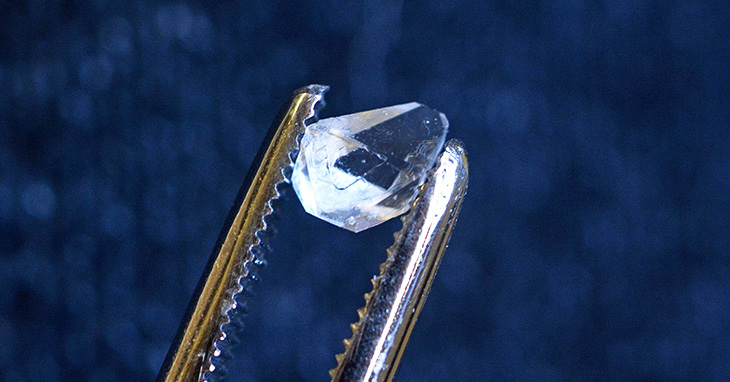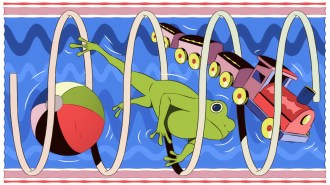‘Time crystals’ created in two new types of materials
These crystals repeat their patterns at regular time intervals, not distances

TIME AFTER TIME Scientists have created time crystals in two new types of materials. These crystals have patterns that repeat over regular time intervals, just as the arrangements of atoms in everyday crystals repeat periodically in space.
Pan Andrii/Shutterstock







